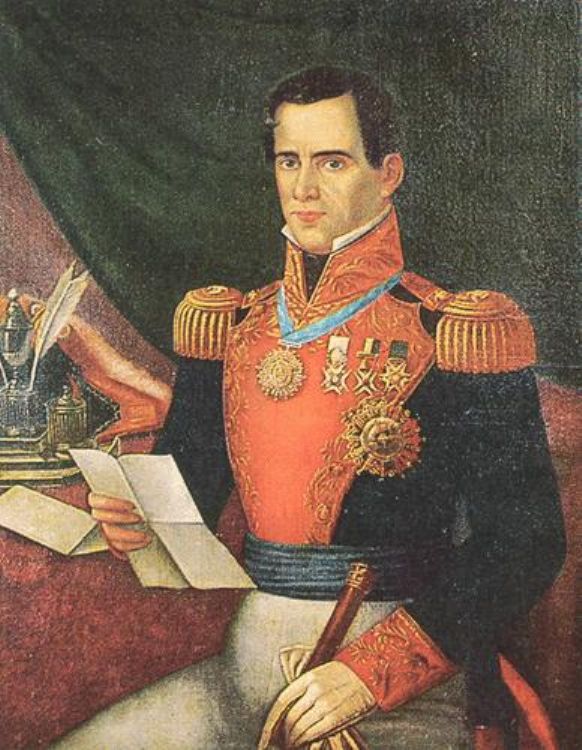
Antonio López de Santa Anna, History of Mexico
The figure of Antonio Lopez de Santa Anna has been very c...
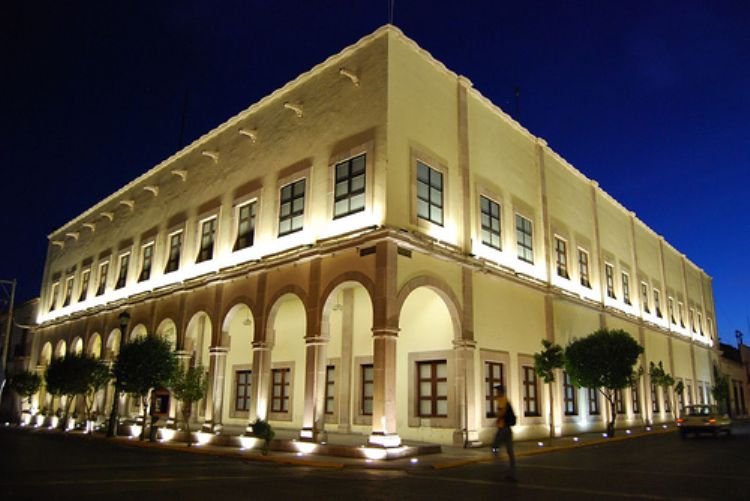
In 1554 Spanish conqueror Francisco de Ibarra started to explore the current territory of Durango. On July 8 of 1563, the newly appointed governor of the province founded the villa of Durango in the territory he would call Nueva Vizcaya, in memory of his land of origin. This is why he also chose de name Durango, because the city's namesake in Spain.
The location of the villa was chosen for a mineral mountain called Mercado, in honor of its discoverer and the vast valley located near these mines. The city's first church was the Iglesia de la Asunción.
The valley's vocation was eminently agricultural, so its founder and governor promoted the activity among Europeans and natives, thus avoiding the Indian resistance, who together with the rest of the country's north were distinguished for harshly opposing the Spaniard's arrival.
The municipality has an extension of 10,041 squared kilometers and in its East valleys allow agricultural development and in its west the mountains. Of template climate, in the valleys the average temperature is 66.2°F, while in the high areas it is 59°F; an agreeable climate for human settlements, without extreme seasons.
According to the last Censo Nacional de Población y Vivienda, INEGI, 2005, the municipality of Durango has a population of 464,566 inhabitants.
The locality's most outstanding economic activities are commerce and services, forestry (pine and oak) and regarding the industrial sector there are clothes manufacturing plants, textiles, livestock and mining.
Additionally, it has an international airport, four lane highways to Nuevo Laredo and Ciudad Juarez and railroads.

The figure of Antonio Lopez de Santa Anna has been very c...
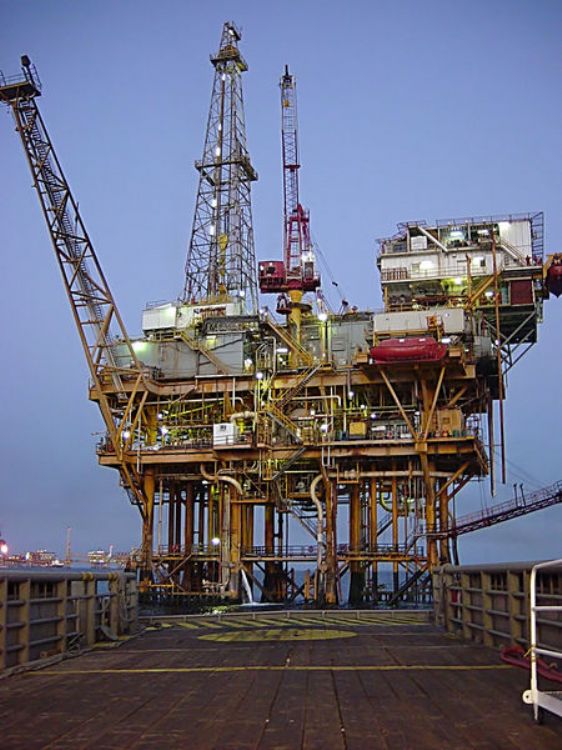
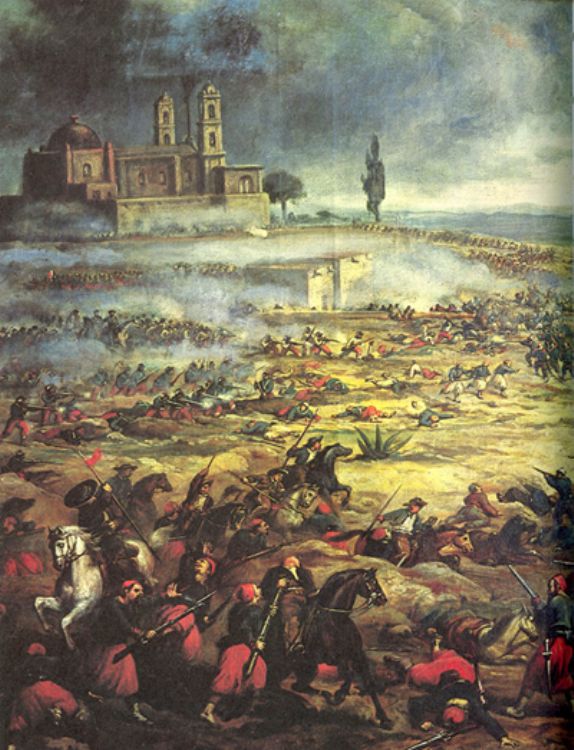
The Battle of Puebla took place on the 5th of May 1862 in...
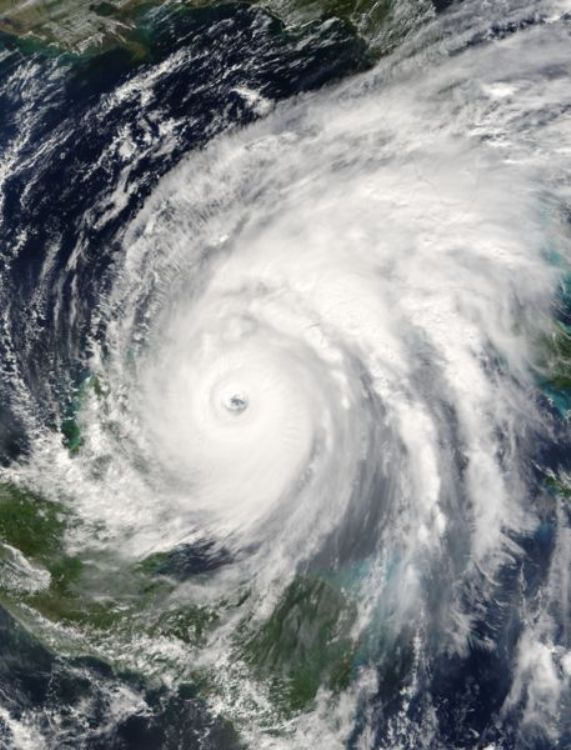
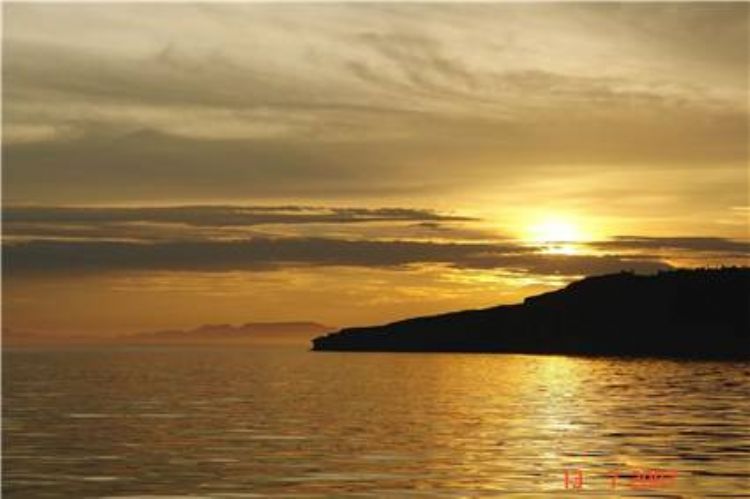
Tourism is one of the countryâs main economic activitie...
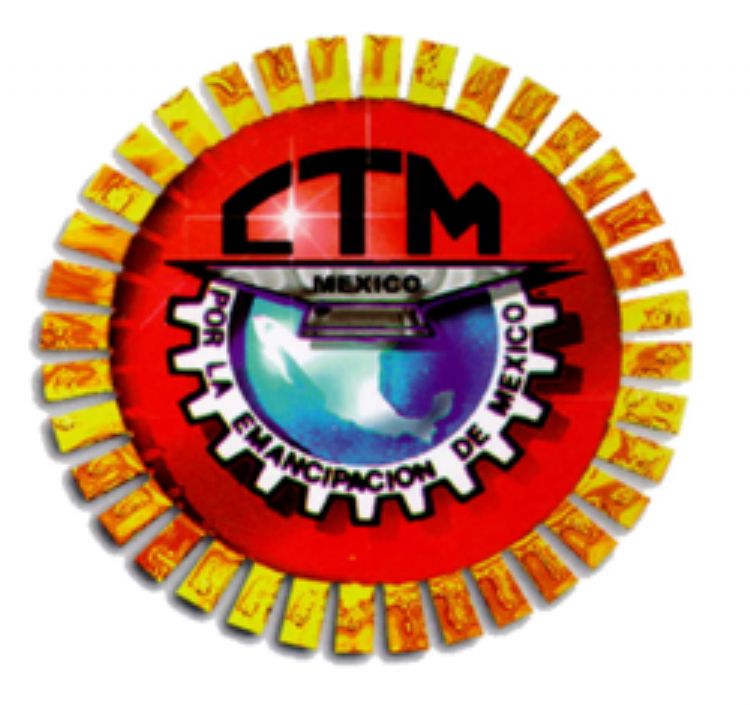

Have you ever wondered what it must feel like to touch a ...
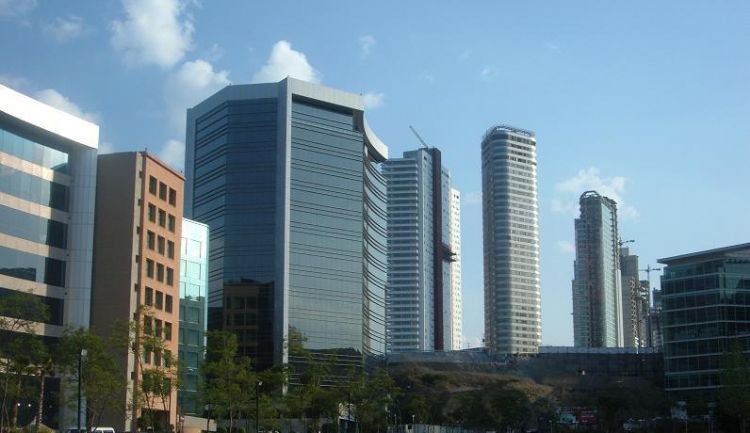
Gross Domestic Product (GDP) is the total monetary value ...
